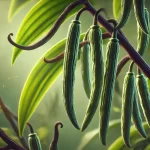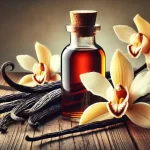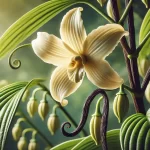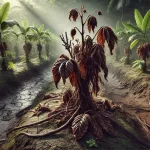The cultivation of vanilla is an art and science that combines traditional knowledge and modern techniques to produce one of the world’s most valued spices. This comprehensive guide will provide you with the keys to successfully establishing and managing a vanilla crop, from selecting the land to curing the pods.
Introduction to Vanilla Cultivation
Vanilla (Vanilla planifolia) is a tropical orchid that requires specific care and detailed knowledge to thrive. With its delicate pollination and curing process, vanilla cultivation is labor-intensive but rewarding, as it produces a high-value product in the global market.
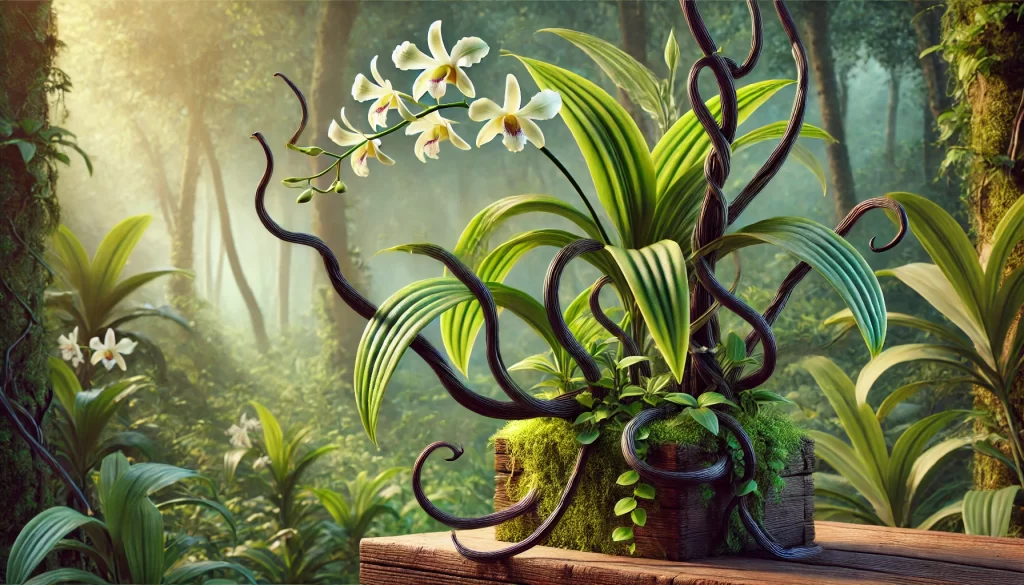
Requirements for Vanilla Cultivation
Ideal Climate and Location
Vanilla requires a tropical climate with warm temperatures and high humidity. For optimal development:
- Temperature: Between 20°C and 30°C.
- Humidity: At least 70%, with evenly distributed rainfall throughout the year.
- Light: Partial shade, as the plant needs protection from direct sunlight.
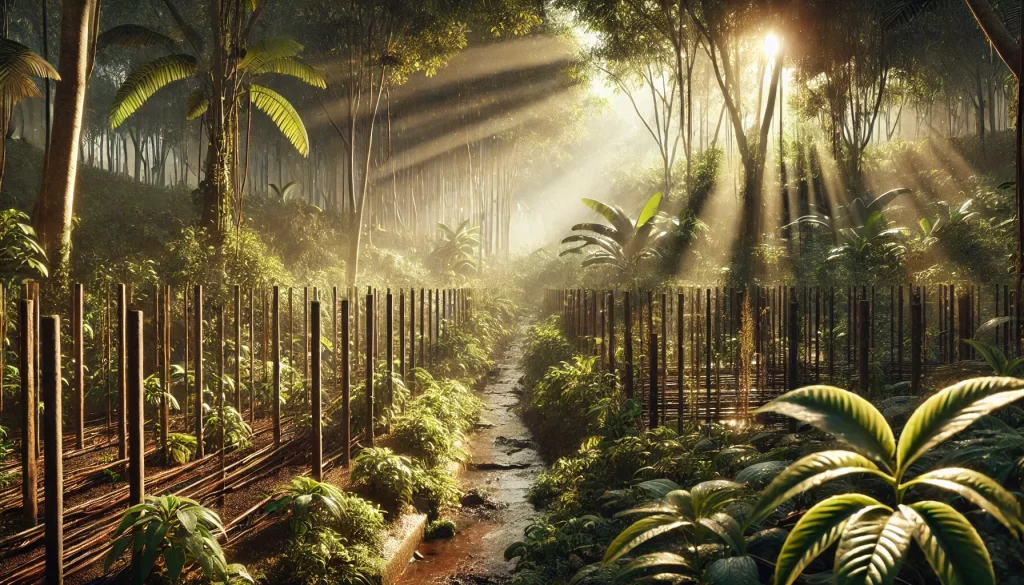
Table 1: Optimal Conditions for Vanilla Cultivation
| Factor | Ideal Condition |
|---|---|
| Temperature | 20°C – 30°C |
| Humidity | >70% |
| Light | Partial shade |
| Soil | Well-drained, rich in organic matter |
Soil Selection and Preparation
The soil should be fertile, well-drained, and rich in organic matter. Before planting vanilla, it is recommended to:
- Analyze the soil to understand its pH and available nutrients.
- Ensure that drainage is optimal to avoid waterlogging.
- Enrich the soil with compost or manure to improve its structure and fertility.
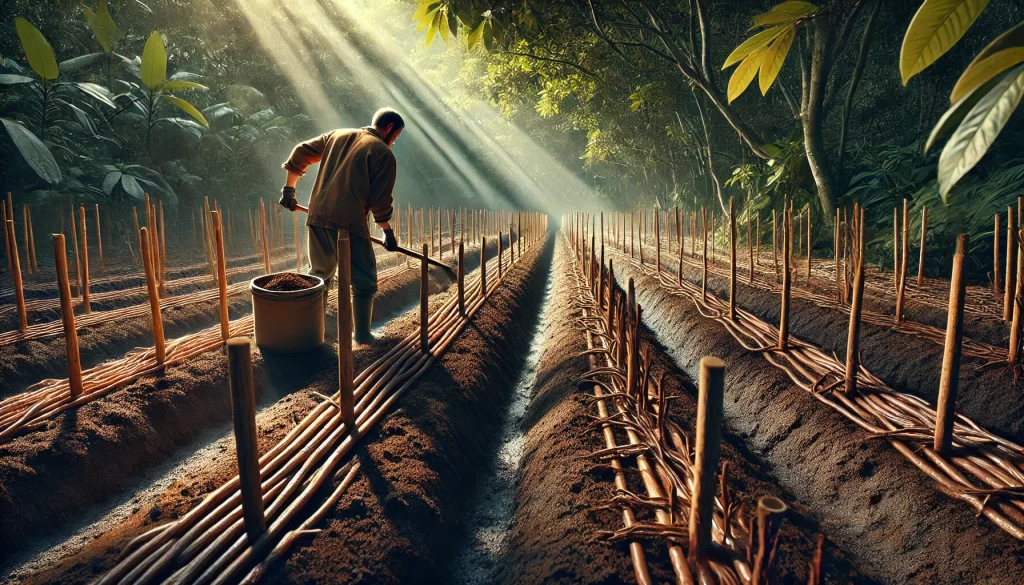
Planting and Managing Vanilla
Propagation and Planting
Vanilla is commonly propagated through cuttings. The basic steps for planting include:
- Choosing Cuttings: Use healthy branches from the mother plant.
- Preparing the Cutting: Cut segments of about 20-30 cm, removing lower leaves to expose nodes.
- Planting: Insert the cutting into a substrate rich in organic matter and provide partial shade.
- Support: Provide a trellis or host tree for the vine to climb as it grows.
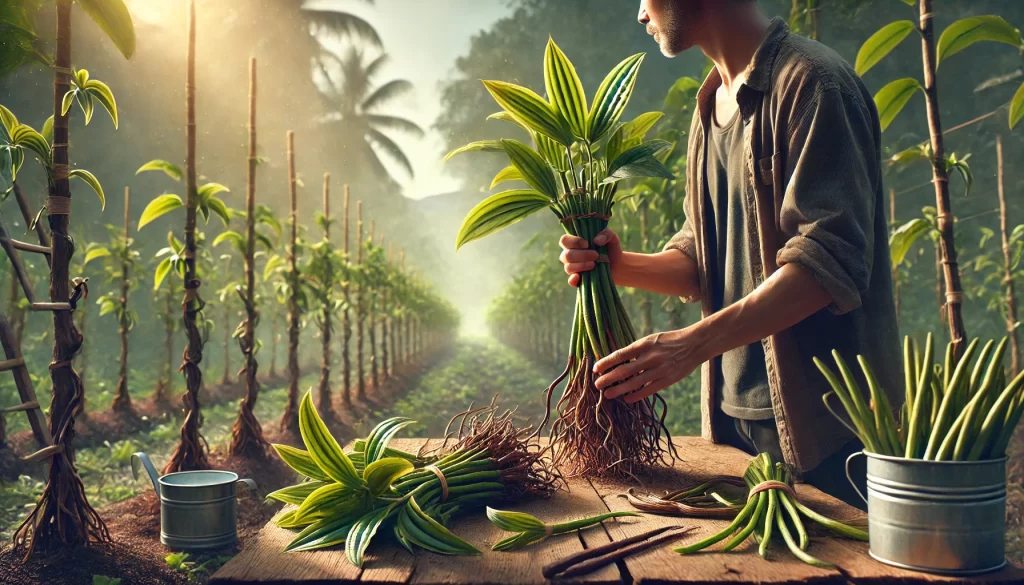
Care and Maintenance
- Irrigation: Keep the soil moist but not saturated. Regular irrigation is essential, especially during dry seasons.
- Fertilization: Apply organic or balanced fertilizers every few months to supply essential nutrients.
- Pruning and Training: Guide the vines on supports and prune dead branches to encourage healthy growth.
Pollination
Pollination of vanilla is a crucial step, as the plant lacks natural pollinators outside its native habitat. Manual pollination is done by carefully opening the flower and transferring the pollen with a brush or stick. This process must be done in the morning when the flowers are open and receptive.
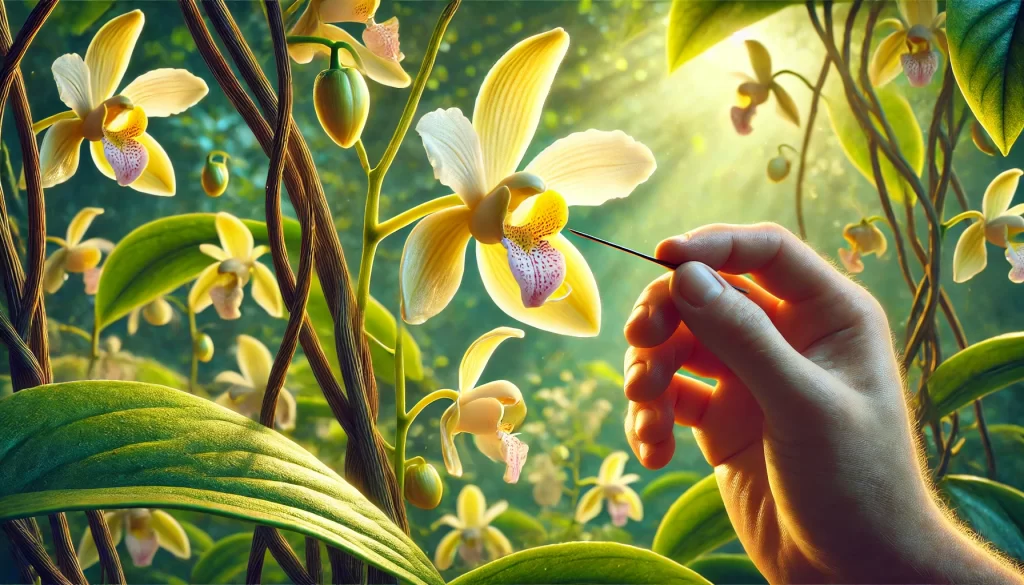
Tip: Practice pollination carefully to avoid damaging the flower, and ensure that you do it on dry days to prevent excessive moisture.
Harvesting and Curing Vanilla
Harvesting the Pods
Vanilla pods should be harvested when they are still green and immature. This timing is crucial to ensure the maximum quality and aroma once cured. Harvesting usually takes place between 9 and 10 months after pollination.
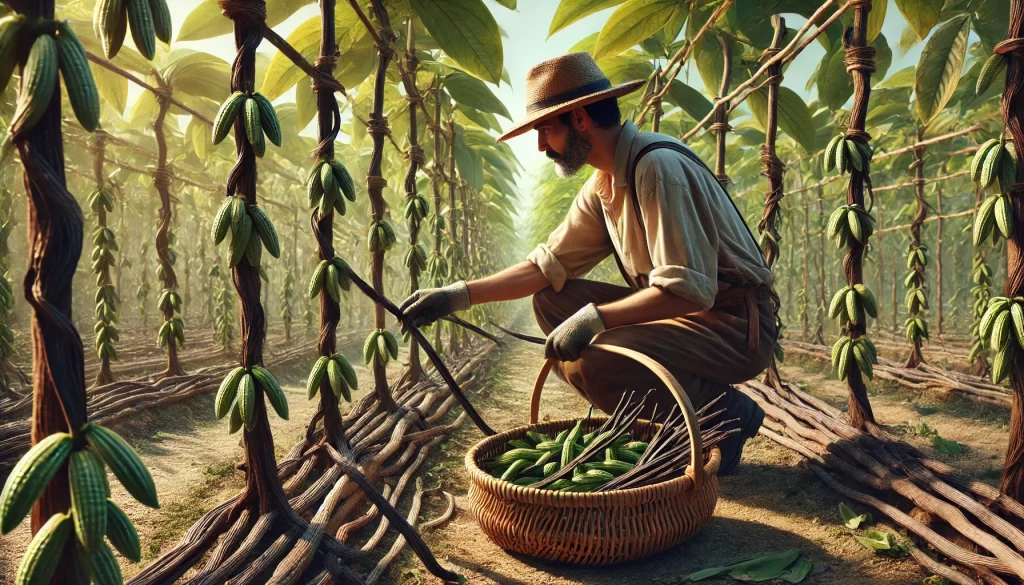
Curing Process
Curing transforms green vanilla pods into the aromatic and marketable product. The process includes:
- Scalding: Blanch the pods in hot water to stop ripening and activate enzymes.
- Sweating: Wrap the pods in wet cloths and expose them to heat to begin fermentation.
- Drying: Let the pods dry in the sun or in a controlled environment until they acquire their characteristic dark color and bend without breaking.
- Aging: Store the pods in wooden boxes for several months to fully develop their aroma.
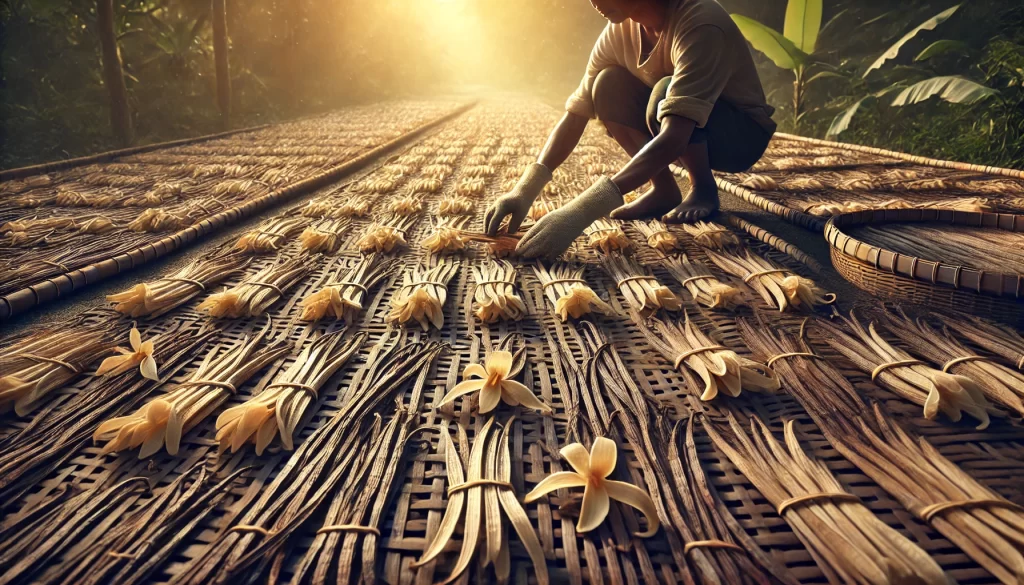
Table 2: Stages of the Vanilla Curing Process
| Stage | Description | Approximate Duration |
|---|---|---|
| Scalding | Blanch the pods in hot water | 2-3 minutes |
| Sweating | Wrap and maintain heat and humidity | 24-48 hours |
| Drying | Exposure to the sun or controlled environment | 1-2 weeks |
| Aging | Storage to develop aroma | 3-6 months |
Challenges and Tips for Success
Common Challenges
- Pest and Disease Control: Vanilla orchids are susceptible to fungi and bacteria. Implement integrated pest management practices and constantly monitor plant health.
- Effective Pollination: Manual pollination is labor-intensive and requires precision. Train personnel and plan a proper pollination schedule.
- Market and Marketing: Knowing the demand and quality standards of the market is essential to guarantee a competitive product.
Tips for Successful Production
- Continuous Education: Participate in courses and workshops on vanilla cultivation to stay updated on the best practices and technologies.
- Networking: Connect with other producers and experts to exchange experiences and solutions to common problems.
- Sustainability: Implement sustainable techniques that protect the environment and ensure the long-term viability of the crop.
Vanilla cultivation is a complex process that requires patience, dedication, and knowledge. However, with the right preparation and techniques, it is possible to achieve successful and high-quality production. The combination of traditional and modern practices, meticulous care during each stage, and adaptation to challenges are key to turning a passion for vanilla into a thriving business.
References:
- FAO. (2023). Guide to Tropical Spice Cultivation.
- Studies on sustainable agriculture in vanilla cultivation.
- Interviews with experts in vanilla pod cultivation and curing.
 AgronoBlog – Agriculture Blog
AgronoBlog – Agriculture Blog 